The Structural Xploration Lab is involved in the teaching of architectural structures at ENAC. Our teaching philosophy places the focus on design processes rather than problem solving, at the border of synthetic and analytic thinking. We provide students with the required tools, methods and theories that will allow them to confidently steer the decision process related to the shaping of construction systems. We emphasize a clear understanding of the principles and their assumptions, with the goal of letting students develop their creativity at full scale but within safe bounds with regards to effective constructability and environmental challenges. We believe in the full collaboration of building professionals at every stage of the design process, as well as during the education of architects and engineers.
bachelor topics
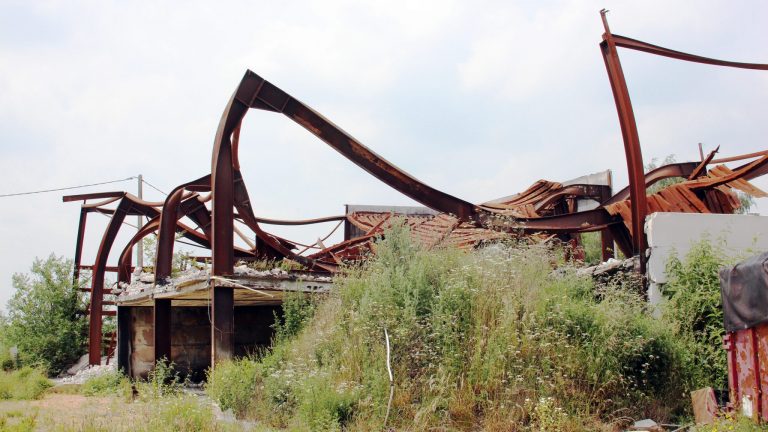
Introduction to the art of building: environmental and societal challenges, functional and technical requirements of buildings, static behavior of structures, construction materials and their geometric implementation, historico-cultural contextualization of the construction practice, sustainability strategies and circular economy.
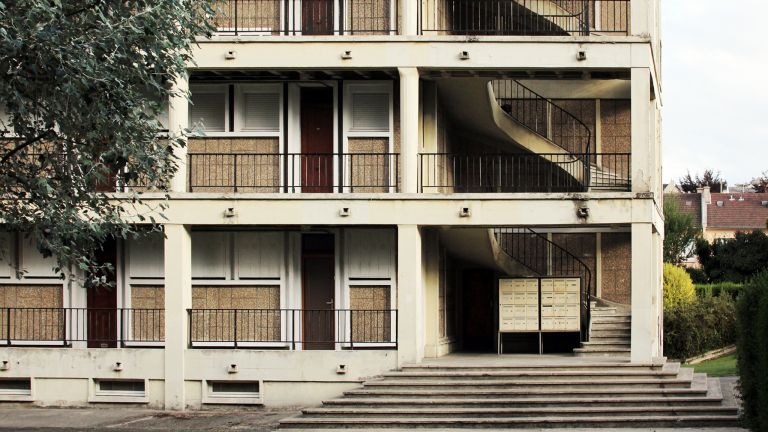
Theoretical and case-based developments on the practice of building construction. Analysis and synthesis of the fields of building physics, structural design, building materials and technical installations.
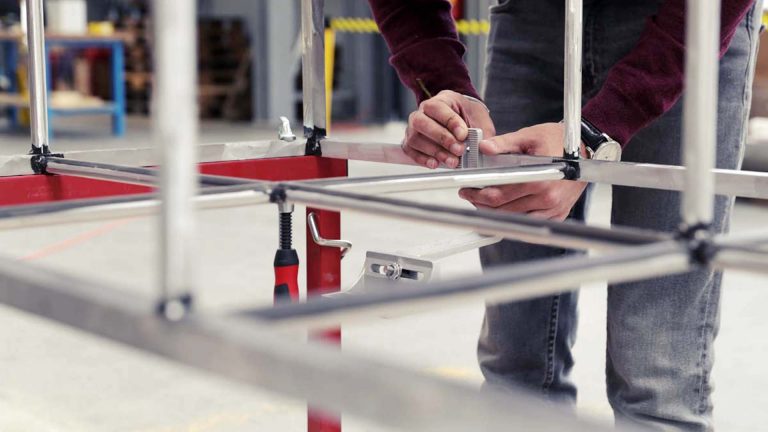
ENAC week workshops bring together bachelor students in architecture, civil engineering and environmental engineering. Constructive Second Hand considers circular economy as an opportunity to better design while reclaiming wasted elements. For a whole week, students are invited to the Smart Living Lab in Fribourg, CH. Each group has one goal: to build a piece of furniture while reusing discarded elements from local industries. The week gives full autonomy to the student groups and is comprises three steps: material collection, design & construction, and demonstration. A jury eventually discusses how embedded functional and technical qualities are reclaimed, as well as the potential for large-scale repeatability.
master topics
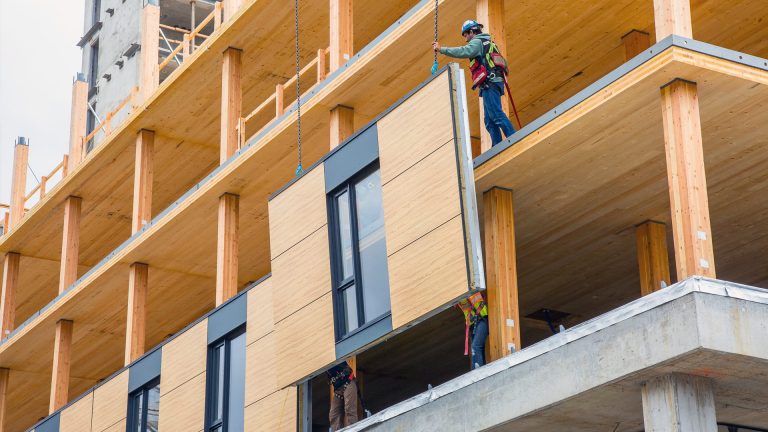
Circular economy consists in maintaining and/or improving the value of products as long as possible, i.e. by extending or renewing their service live while minimizing resource depletion, waste generation, and greenhouse gas emissions. When it comes to building design, a series of sometimes contradicting strategies emerges: to limit the quantity of used materials, to limit their ecological impact, to enhance the versatility of buildings, and to ensure the future repair, reuse, or recycling of their components. The class delves into recent literature and practice, aiming at providing the necessary expertise to adopt these strategies in a pragmatic state of mind.
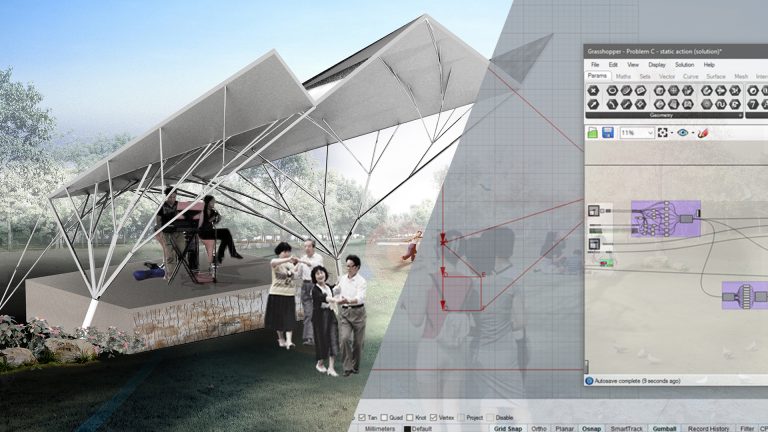
The class exposes students to the geometric design of unconventional low-carbon architectural structures. The focus is placed on the conceptual exploration of a rich and diverse solution set rather than on the analytical sizing of a given system. Hand-controlled methods and computational tools are mixed, as well as strategies to rapidly take key decisions. The open-ended problem assignment gravitates around the use of graphic statics within Grasshopper (Rhino3D). Additional lectures review exemplary early-stage structural design processes through history.
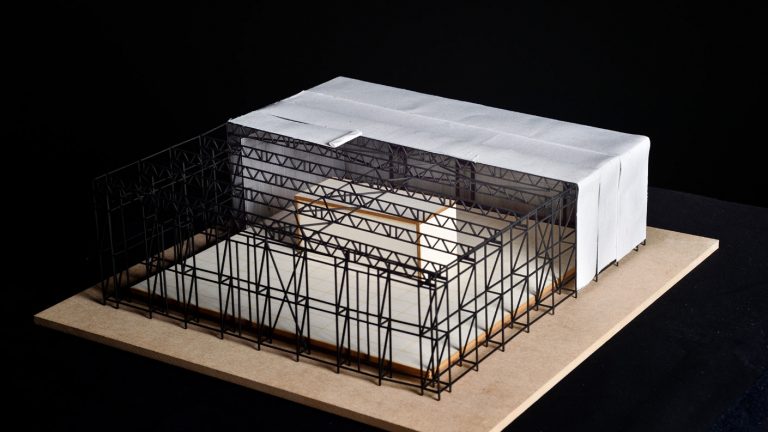
This course evolves around the team design of a temporary, mobile and sustainable pavilion, a pedagogical approach which will focus on the introduction of the concepts of sustainability applied to the multi-disciplinary design of a project with a short life span.
AR-497 “Building Design in the Circular Economy” is integrated in the following multidisciplinary ENAC minors:
consultations
The SXL provides consulting services to EPFL bachelor and master students in architecture. More info on https://sxl.epfl.ch/consultations.
master projects
Proposals for master theses in Architecture or Civil Engineering can be addressed to Corentin Fivet.
past master theses in architecture:
Revalorisons les espaces de bureaux inoccupés: ré-habiter l’ancienne papeterie de Versoix (GE)
M. Frey
2023. Valorisation de la matière dans le bâti: réhabilitation de l’ancien hôtel des Chamois à Leysin (VD)
M. Jammers
2023. Un complexe hospitalier polyvalent à Dadaab, espace de cohabitation entre ville et camp de réfugiés. Une unité de maternité et soins relatifs aux femmes
P. Berger
2023. Préserver la relation avec le bâti: évolutions du site industriel du Closel à Renens (VD)
S. Vuillemin
2023. Responding to floods: disaster relief infrastructure in Piura, Peru
L. Ghersi Figallo
2023. Urbanités familiales. Revitalisation de l’îlot Beauvais à Paris
B. Porcher
2023. Valuing the existing. Defining a procedure for a low-impact renovation; a case study on a typical apartment building built in the 1960’s in Geneva
M. Loizou
2023. Re-tour. Réutilisation adaptative d’une tour dans le contexte zurichois
K. Dragusha
2023. Un camp d’urgence vertical. Occupation d’une ruine moderne à Beyrouth
R. Terrien
2022. Mise en pratique d’une construction réversible pragmatique sur une extension d’immeuble
B. Känel
2022. Création et activation d’un espace public au sein du quartier du Vallon
C. Seffacene
2022. Un nouveau complexe d’arrivée pour les Championnats du Monde de ski alpin à Crans-Montana
J. Schmidt
2022. Projeter la transformation. Contreprojet face à la démolition pour reconstruction de deux barres d’habitat coopératif à Renens
J. Desruelle
2022. Champéry, recomposition d’un chalet à partir d’éléments vernaculaires
B. Parvex
2022. Construction vernaculaire d’une auberge dans les montagnes en Chine
R. Perret
2022. Piscine Tournesol – Sauvegarde et reconversion d’un objet technique et social
A. Zbinden
2022. Requalification d’une parcelle industrielle à Delémont en un lieu de vie multi-usages et polyvalent
L. Baseggio; L. Da Cunha
2022. L’école du dehors, une promenade pédagogique au bord de l’Aire à Genève
C. Pannatier
2022. Plannification et construction d’un projet culturel à Yverdon-les-Bains
S. Sierro
2022. Les Planchettes: un espace d’accueil et de transmission dédié aux enfants en plein cœur du Port de Fribourg
M-A. Bardyn
2022. Logement en terre crue pour l’Ouest Lausannois
C. Dindault
2021. Utilisation des ressources locales – construire un refuge urbain dans le quartier du Vallon à Lausanne
E. Tournier
2021. Réemployés et réemployables: de nouvelles vies pour les composants de la raffinerie Tamoil dans le Chablais
M. Grangeot
2021. Projet de coexistance territoriale entre espèce humaine et avifaune: renaturation de millieux humides et retour des oiseaux d’eau dans les espaces riverains urbains de la baie de la Chamberonne
M. Aubert
2021. Pensée globale, construction locale: stratégies d’adaptation d’une culture du bâti individualiste aux contraintes communautaires de la vie contemporaine et du développement durable
D. Bustion
2021. S’adapter à la catastrophe. Une réponse aux inondations de Pibor au Soudan du Sud
C. Pernet
2021. Logements en construction composite en bois dans la région des Apennins
A. Settimi
2020. Une architecture de la promotion immobilière? Contre-projet d’un bâtiment de logements collectifs à Annemasse, France
E. Exposito
2020. Lisière habitéeUn quartier comme espace de transition entre ville et nature
T. Beuret
2020. L’hybridation, catalyseur de mixité fonctionnelle et sociale pour le quartier de Grosselin
A. Montessuit
2020. Conception d’un complexe ou une série de modules durables de logements et activités comme activateurs de durabilité d’une ville suisse
A. Genton
2020. À la croisée des chemins. Résidence étudiante, convergence de la vie domestique et collective
A. Marrucho Nunes
2020. Protégé du rayonnement électromagnétique. Un immeuble neuf, sain, en milieu urbain
L. Fleischner
2020. Entre les eaux. Équipements de loisir et production d’énergie à Oberwald (VS)
J. Bouvet; N. Rychner
2020. Recomposition architecturale assistée par la data
A. Faivre
2020. Vers une ville sans voitures: Parking convertible en logements pour le nouveau quartier de Malley
A. Faure
2020. Prise de hauteur.Rénovation des trois tours de la Maladière (Lausanne, Suisse)
S. Rouge
2019. Mise en scène du quotidien, une “camera obscura” pour le campus lausannois
A. Pontais
2019. Quartier vertical modulable: Hardau, Zürich
J. Perret
2019. L’aménagement de la côte lausannoise à travers des baignades urbaines
R. Silva Aguiar
2019. Un habitat communautaire pour les anciens à Samoëns, France
S. Bastianutti
2019. L’architecture à l’épreuve de l’habitat nomade
C. Jenny
2019. REUSE S TO XL.Un “hub” pour la recherche et la redistribution des matériaux d’occasion comme activateur de durabilité à Ecublens (VD)
C. Küpfer
2019. Restructuration d’un arsenal en milieu urbain (Aigle, VD)
M. Ferrari
2019. “Qui sème le vent récolte le tempo” – Saint-Malo (F). Le Môle des Noires: protéger, profiter et produire
T. Menny
2018. Simples variations. D’une station de ski à un site de production d’herbes alpines
C. Baldy
2018. “A better Roof”. Solution flexible pour les foyers pour requérants d’asile à Genève
U. Lusso
2018. Seuils environnementaux. L’architecture paysagère du campus EPFL/UNIL (Ecublens, VD)
M-P. Cryonnet
2018. Monument 2.0. Une maison de quartier dans le massif occidental de la cathédrale de Lausanne
M-A. Gabay
2018. Architecture hybride et légère en bambou. Un pavillon public polyvalent à Hô-Chi-Minh-Ville, Vietnam
C. Legrand
2018.
past master theses in civil engineering:
Circularity of bridge structures
S. Hess
2024. Optimization of the environmental impact of beams
N. I. D. Riez
2023. Design of a reusable and modular timber beam grid system
J. Syriani
2023. Development of Interlocking Composite Bricks Made From Recycled Plastic and Construction Waste
S. Heiniger
2022. Structural Design For Reuse Of Sawn Cast-In-Place Reinforced Concrete Components
N. Widmer
2022. Structural Design from Reclaimed Material Sauvabelin – The Never-Ending Story
B. Kälin
2022. Etude du potentiel de réemploi des composants des bâtiments par la théorie des graphes
F. Appavou
2022. Structurally informed exploration of a grammar-based design space
H. Cloesen
2018. STRUCTURAL FORM-FINDING FROM RECLAIMED BAR ELEMENTS
J. Desruelle
2018.





